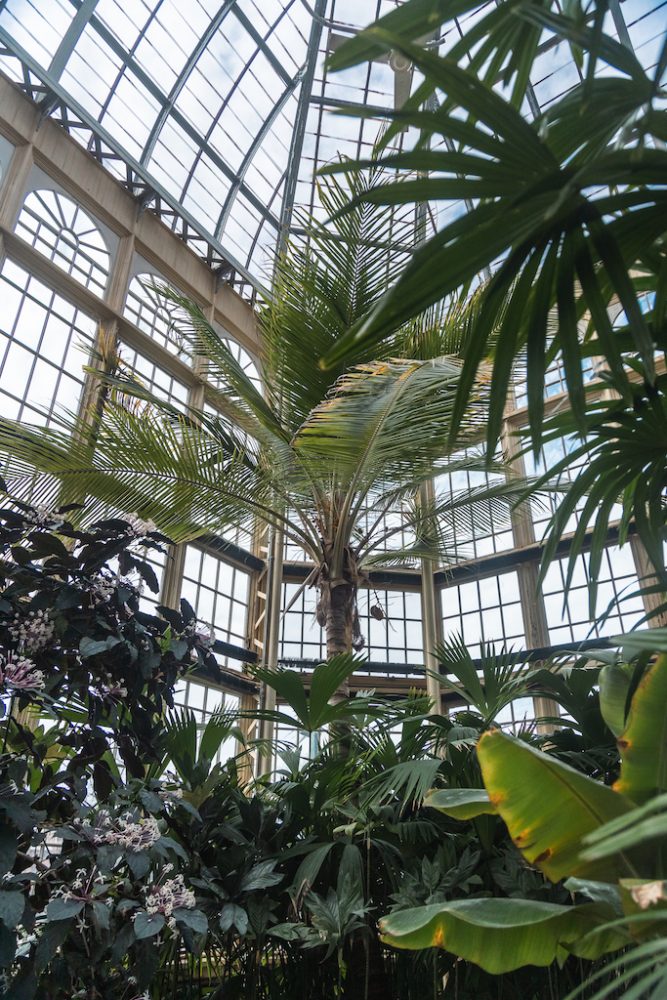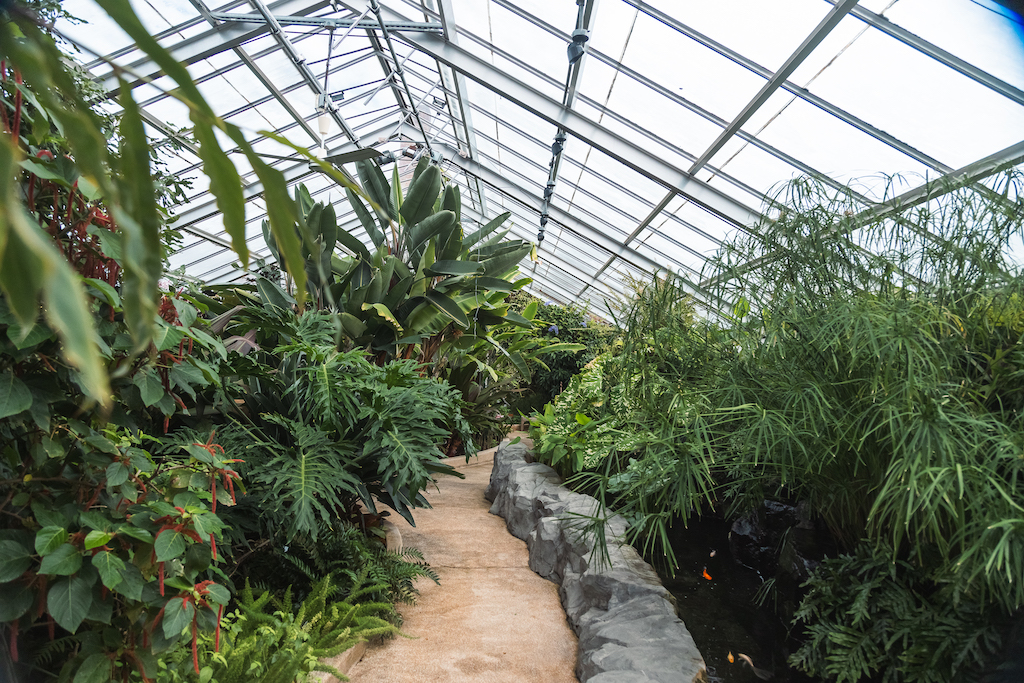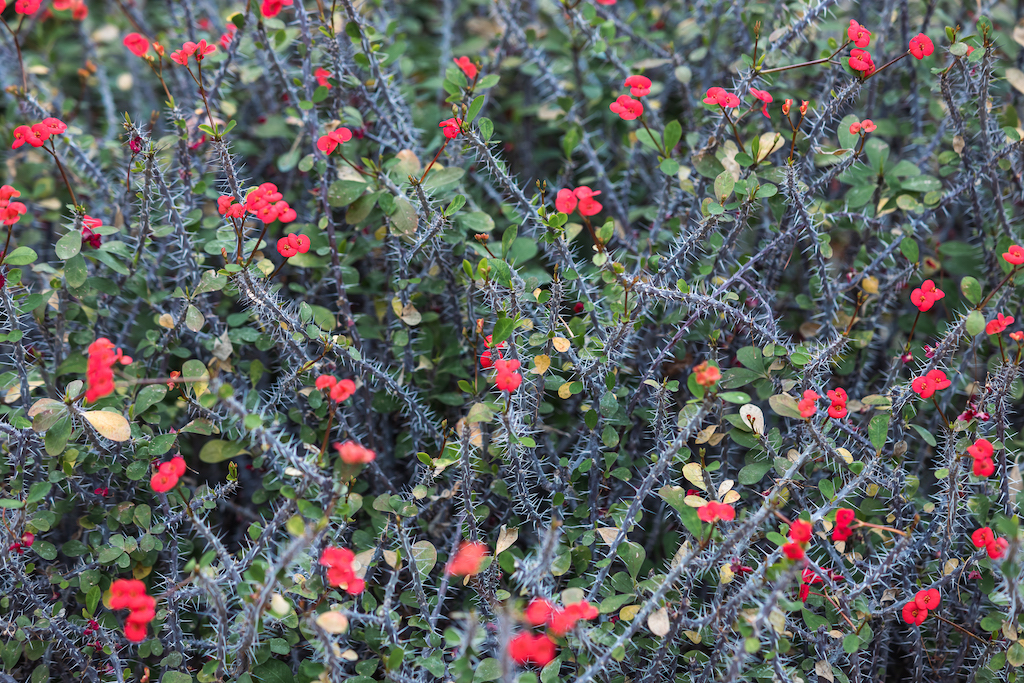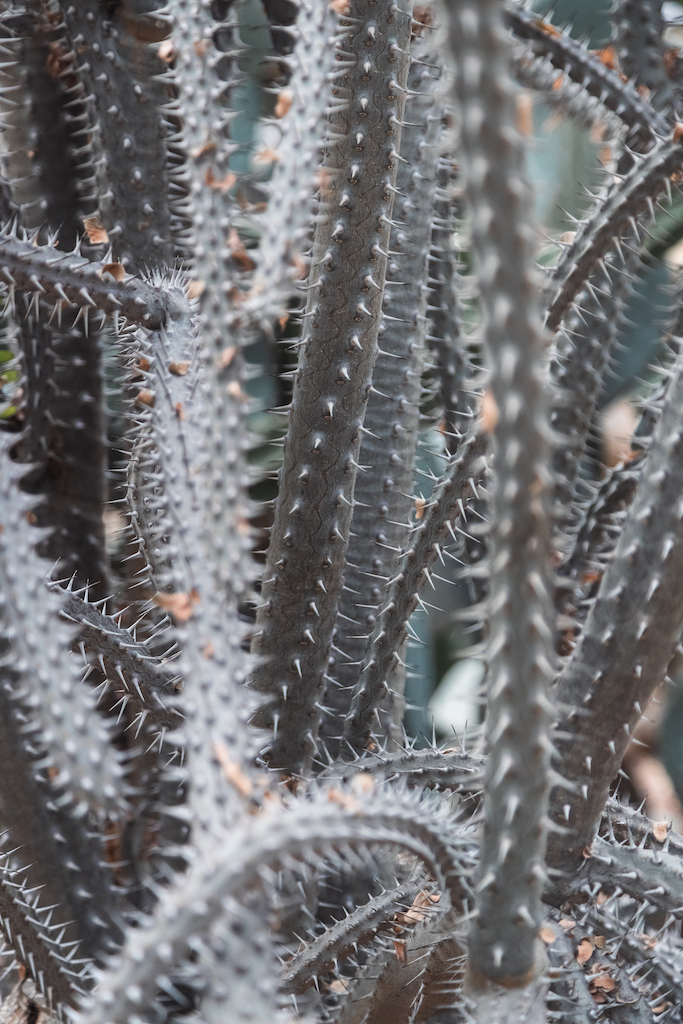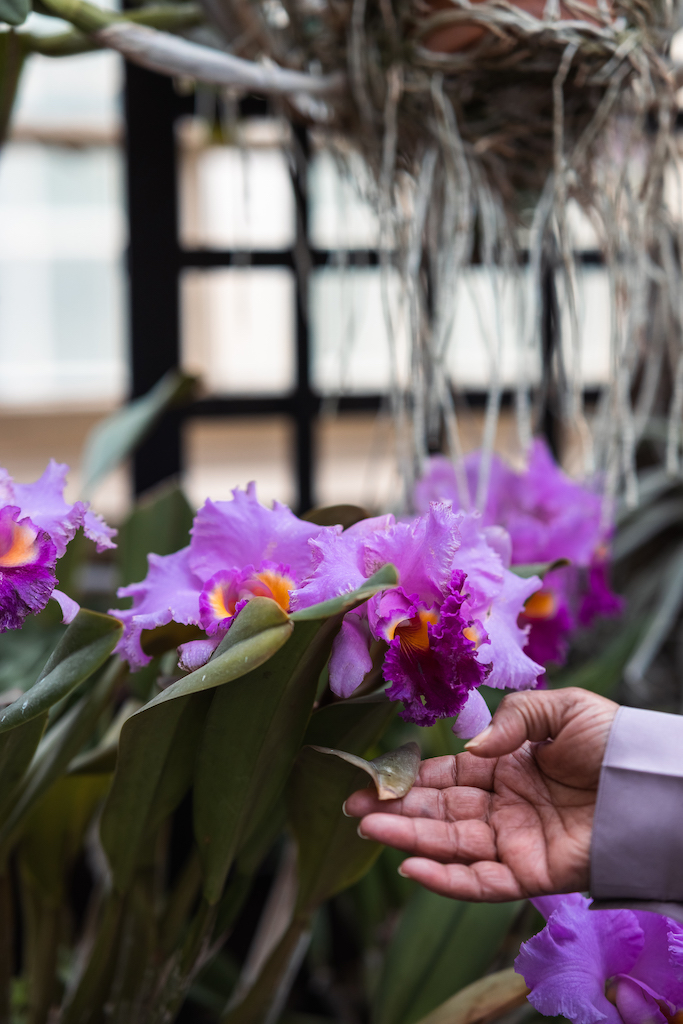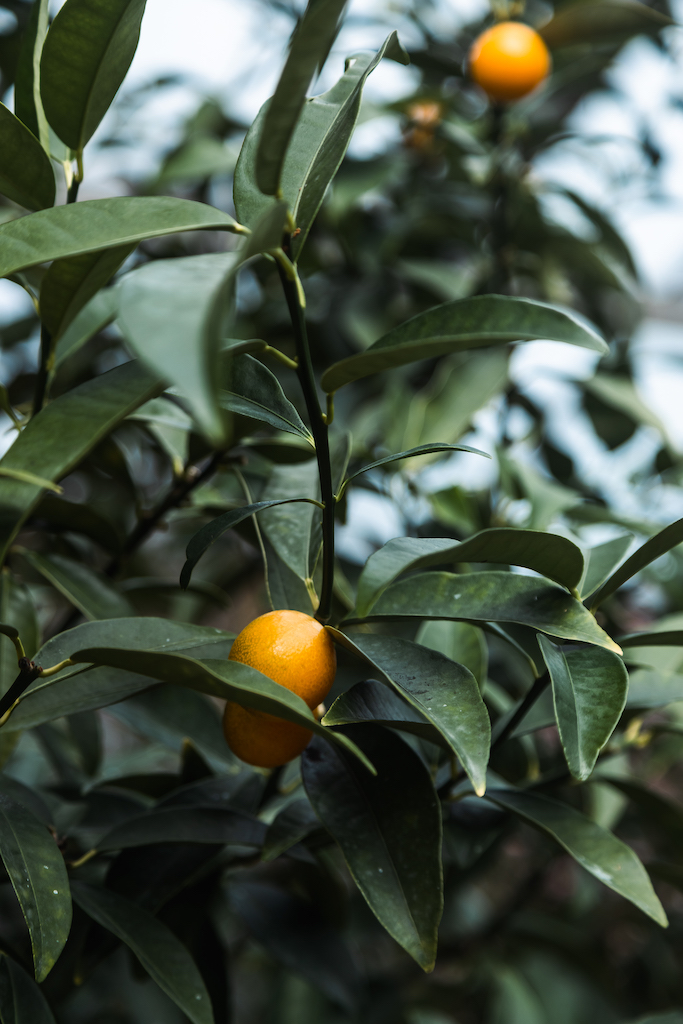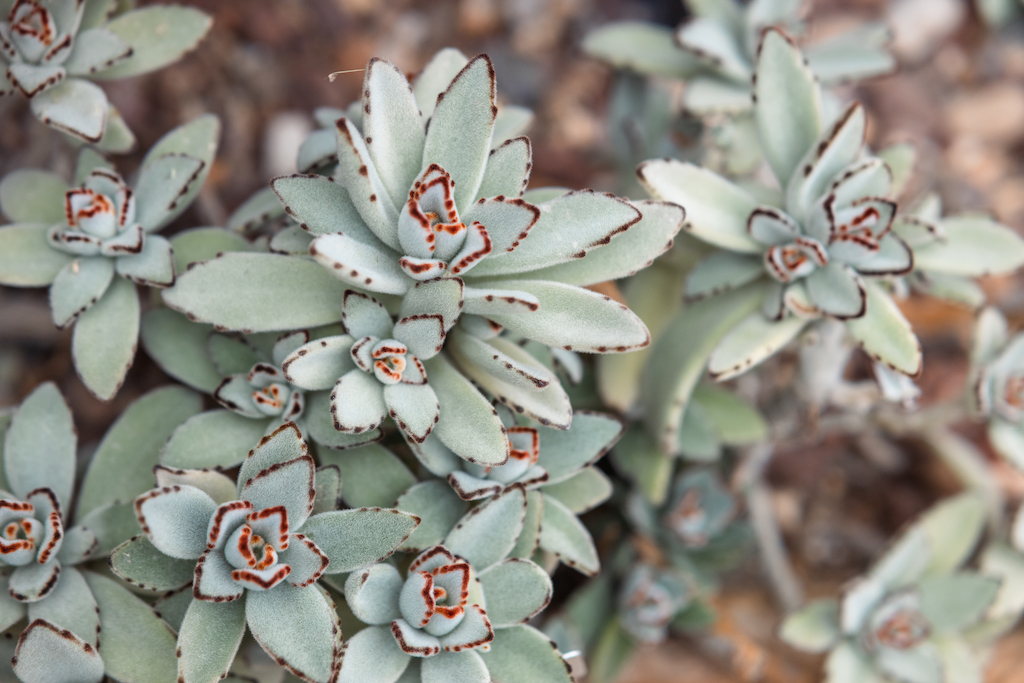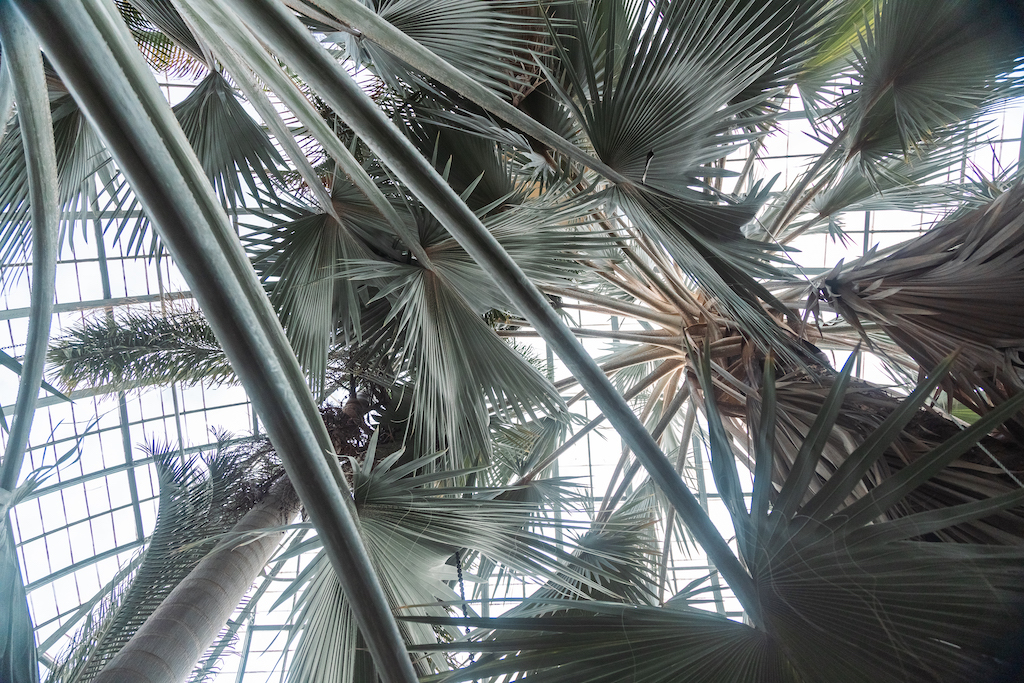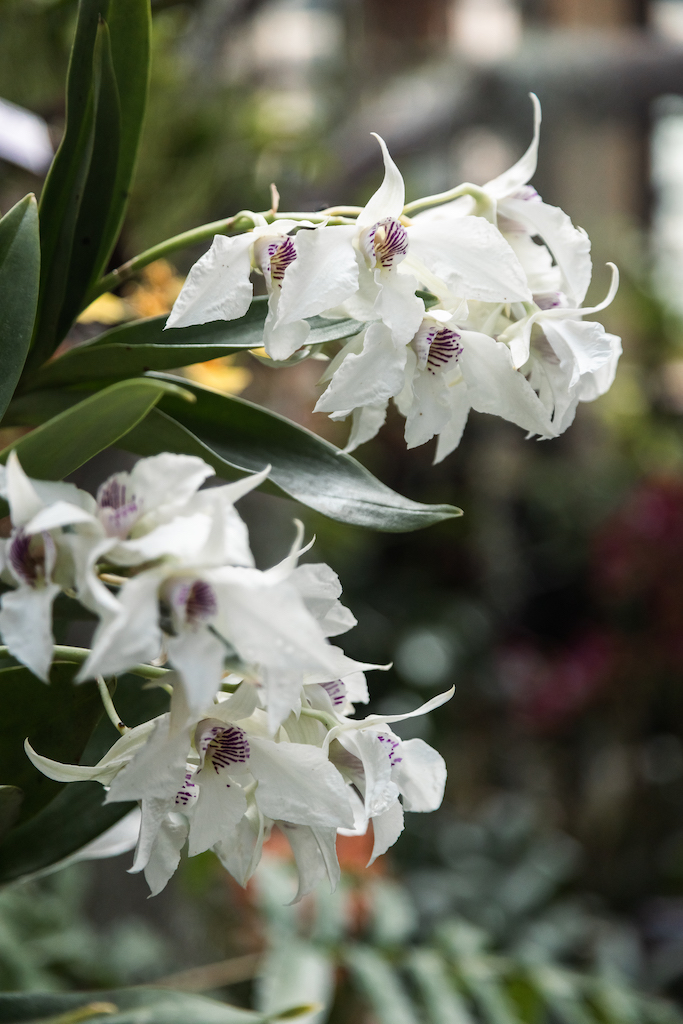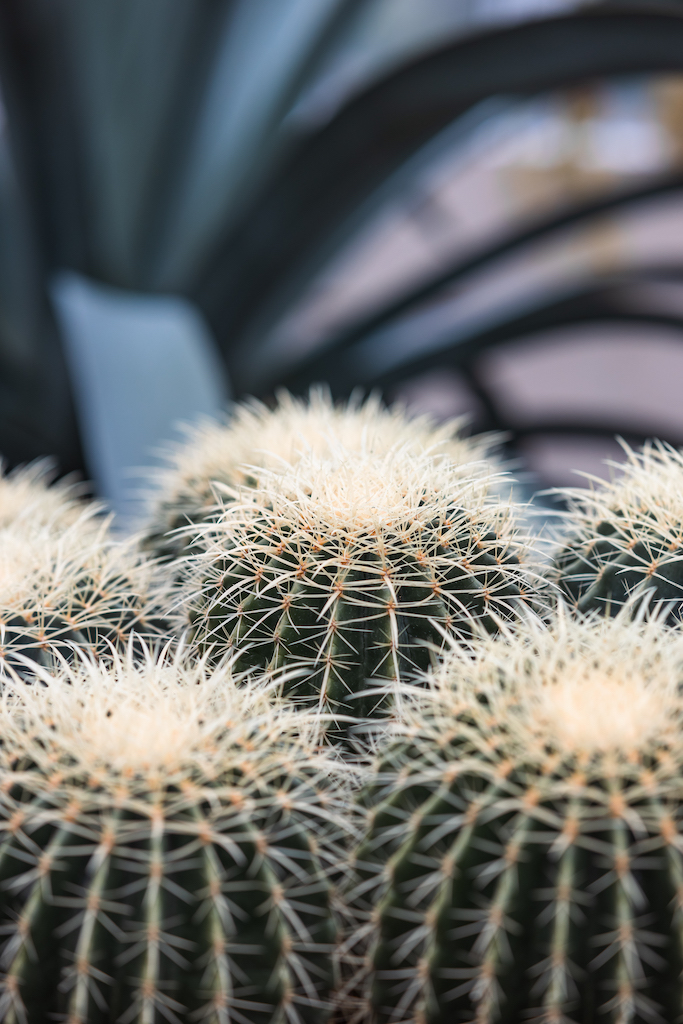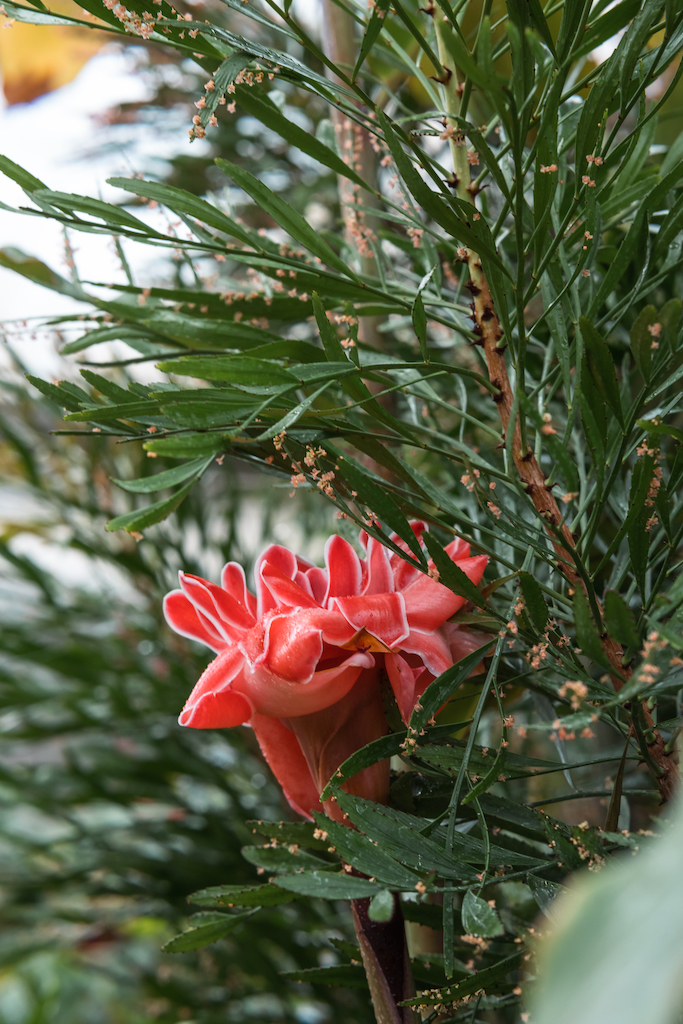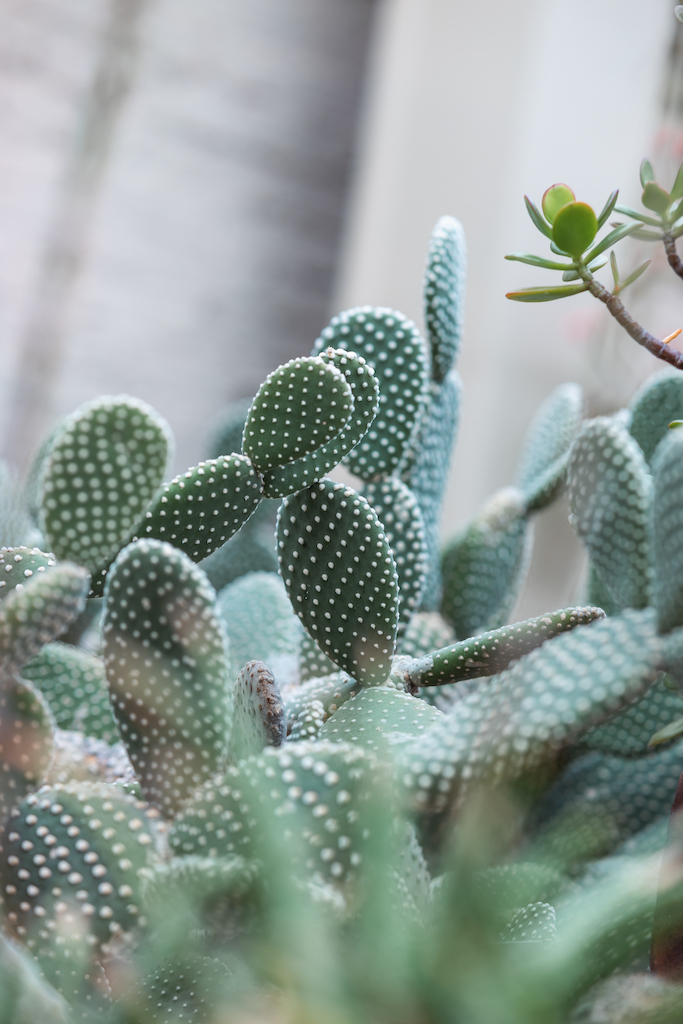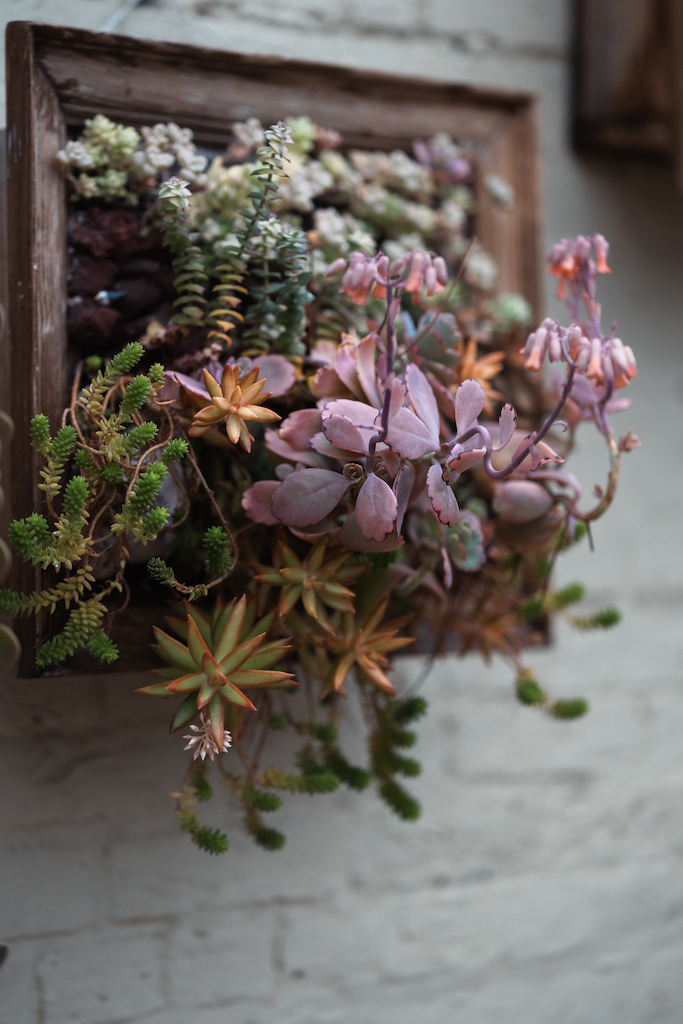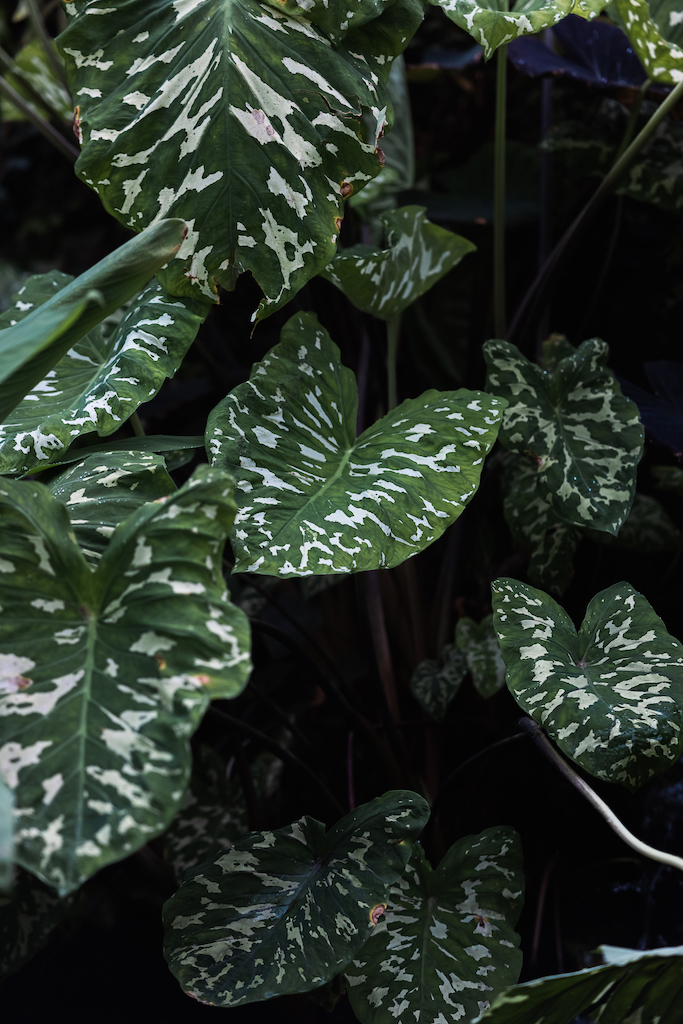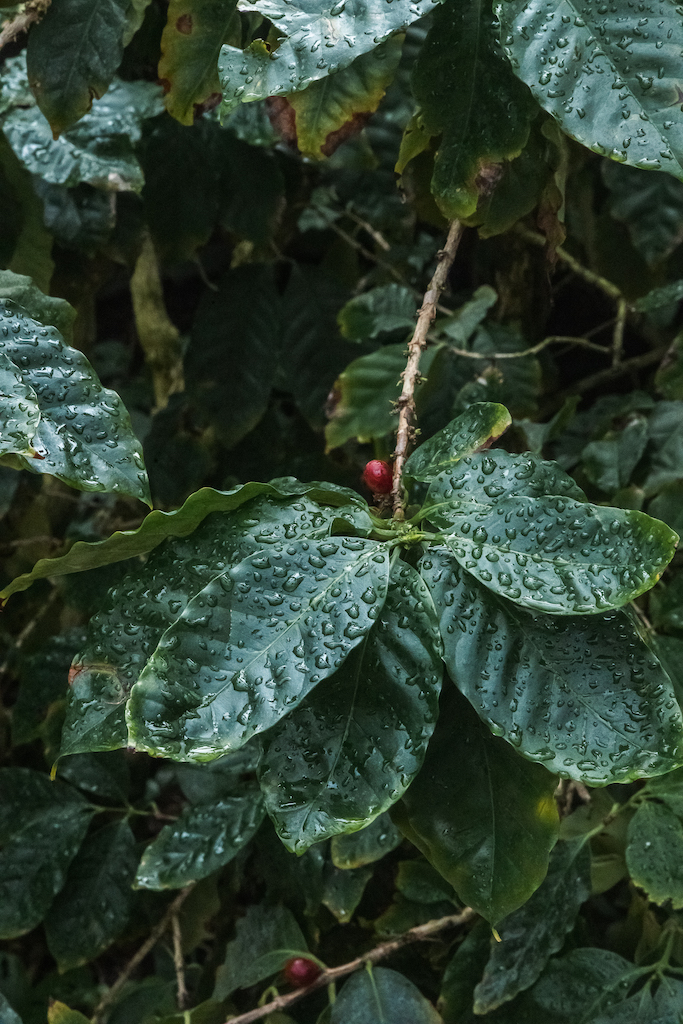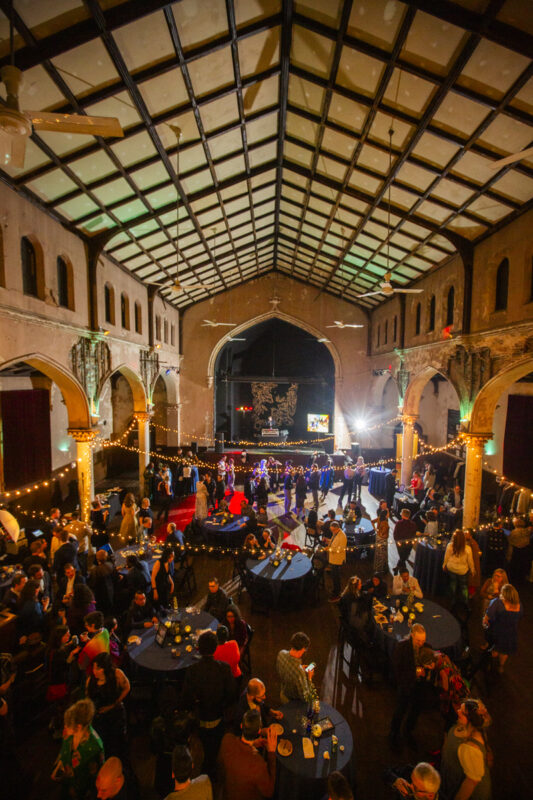From there we moved to probably the most popular room of the conservatory, which is also its smallest and best smelling: the Orchid Room. This room was the other original plant house from the 1888 floor plan, although it wasn’t always exclusive to orchids, bromeliads, and epiphytes.
The collection, overseen by Orchid Curator Craig Sherman, comprises over a thousand specimens but the conservatory only displays about fifty or so plants at a time, according to the bloom schedule. Orchid aficionados geek out about the North American native Lady’s Slipper orchids, which are visually striking for their kangaroo-like pouch and red coloring.
Green’s favorite house is the Mediterranean Room, home to the conservatory’s impressive collection of citrus trees, many of which were donated by plant collectors Ingrid and Kurt Fritz in 2015. Thanks to the Fritzes, who grew the conservatory’s Ponderosa lemon, Persian lime, and Minneola tangelo, among others, Baltimoreans for years to come can bask in a winter sunbeam while inhaling the lemon-scented air of the Aegean Sea.
In the Tropical House with Green, I point to a Thai Constellation monstera, the variegated plant version of a Birkin bag, rooted to a wall high above our heads. “Is that…” I start to ask. “Yes,” she responds immediately. “Is it up…” and before I can formulate my full question, Green answers, “Yes”—it was donated by a patron and is located safely out of reach to protect it from too-eager visitors.
We end our tour in the Desert House where Greenhouse Supervisor Sandy Reagan tells me about her friends, the late cactus enthusiasts Rachel and Brant Simms, who donated the majority of the collection they had amassed over a lifetime of trips to Mexico and South America. Lately, though, the Conservatory has less room for large donations. “You don’t want it to get chaotic,” explains Reagan, who has worked at the conservatory for seventeen years. “There’s a rhythm to the garden. You wanna be able to look at it and your eye feels at ease.”


